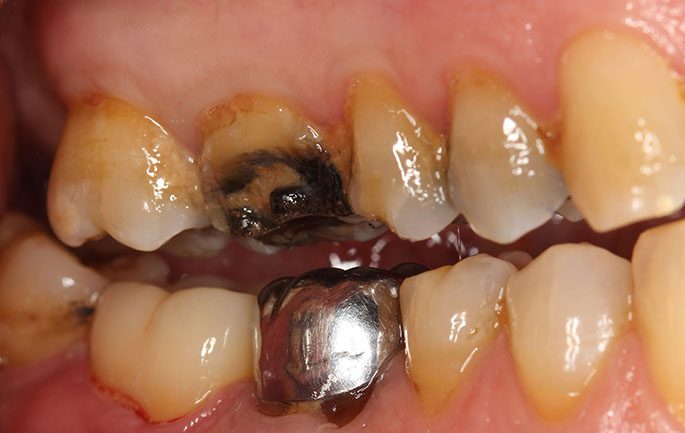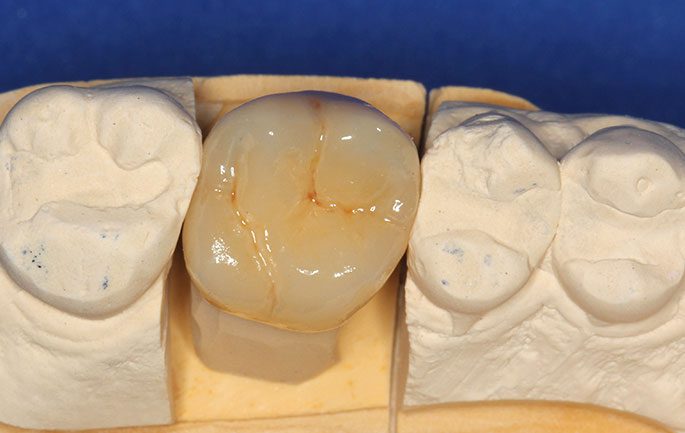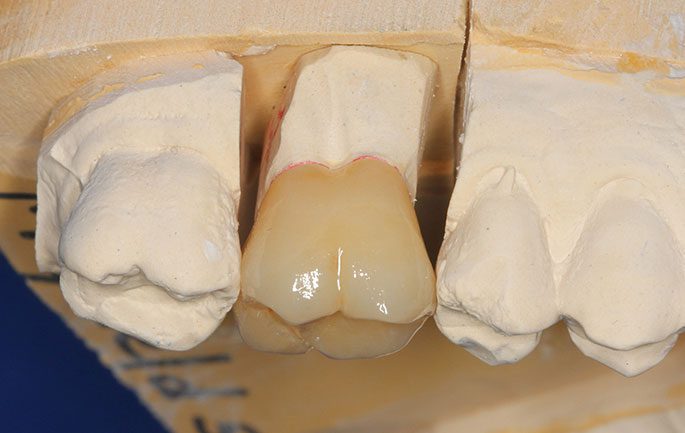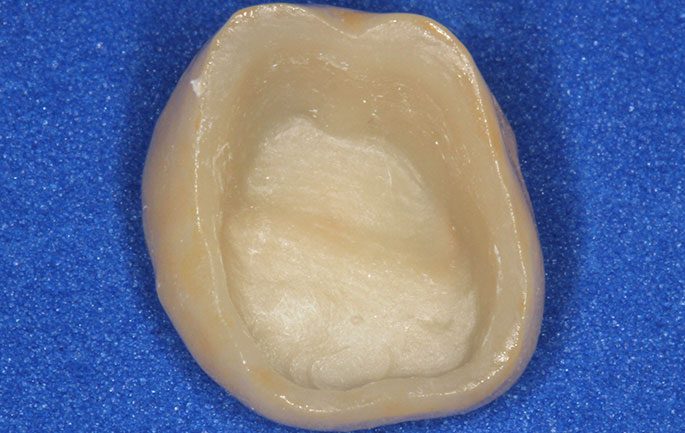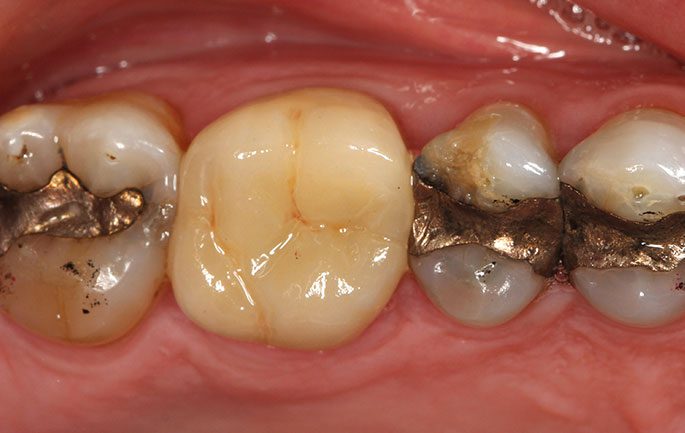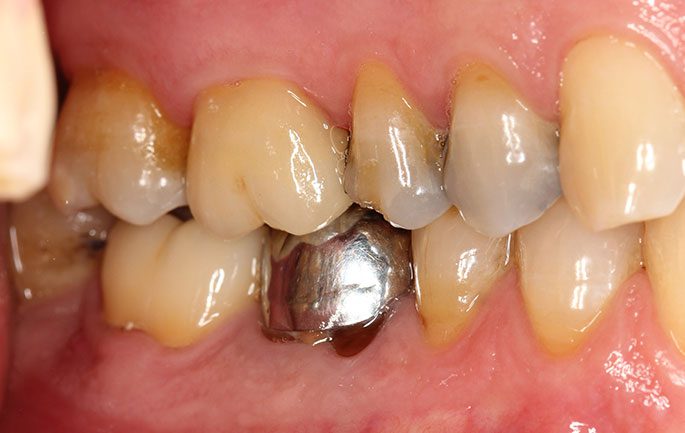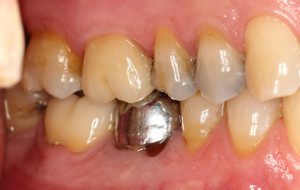
1 of 15
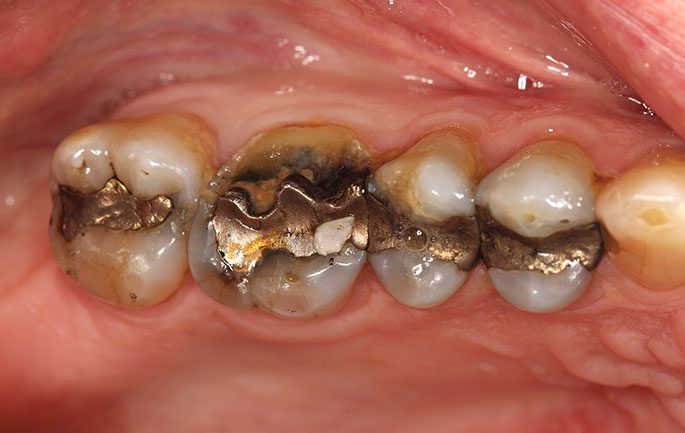
Occlusal view, broken tooth #3. When teeth have large fillings, they are susceptible to cusp fracture. Molars frequently have one or two cusp fractures.
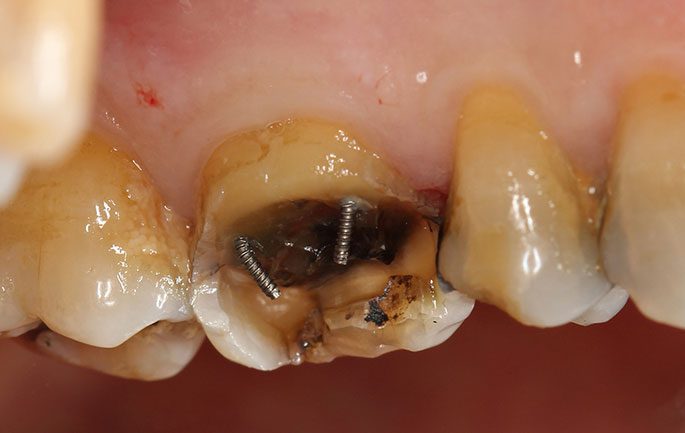
Retention pins are used when the tooth is missing more than one wall. In this case, this tooth is now missing three walls. Only the palatal wall exists.
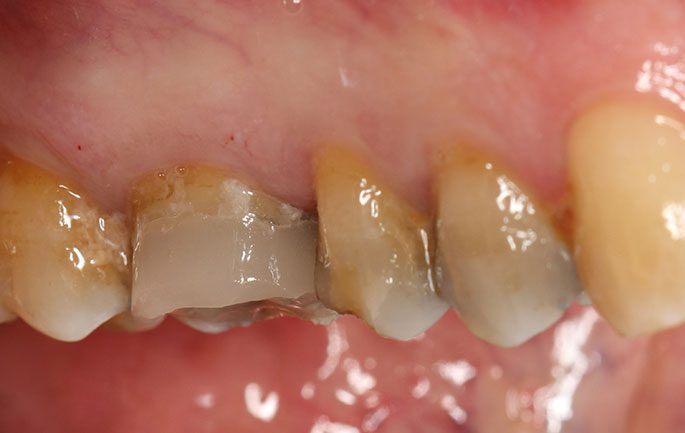
Side view, core build-up. A core build-up material of either composite resin or amalgam is used to rebuild the broken part of the tooth. Once the tooth is whole again it can be prepared for a crown.
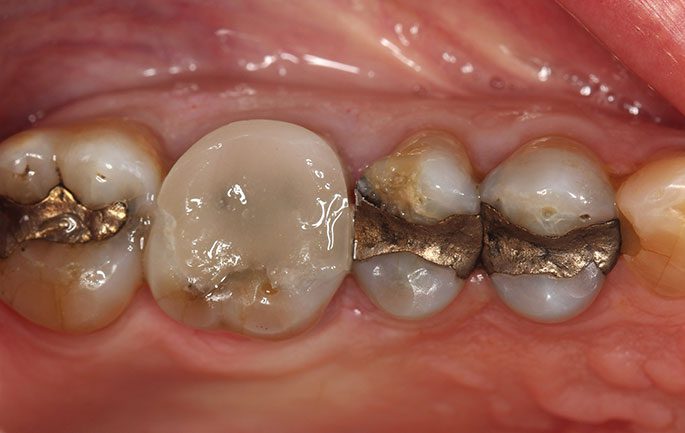
Occlusal view, core build-up. A core build-up material of either composite resin or amalgam is used to rebuild the broken part of the tooth. Once the tooth is whole again it can be prepared for a crown.
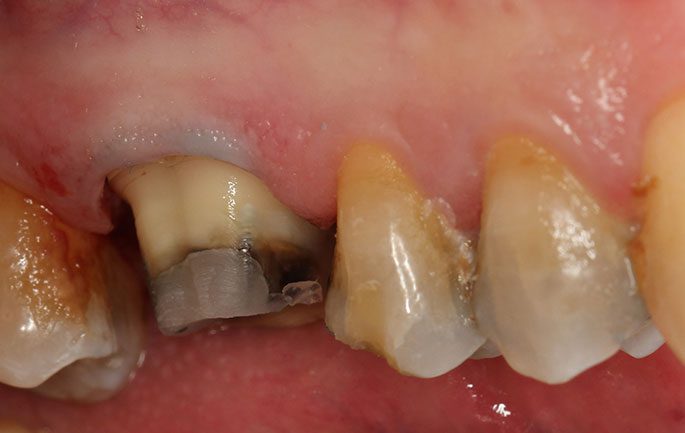
Side view of the crow preparation. There is an ideal form that good dentists prepare to for maximum crown retention and resistance to tooth fracture. A common mistake of many dentists is to over-prepare a tooth. This is because of a lack of skill or due to rushing through the procedure.
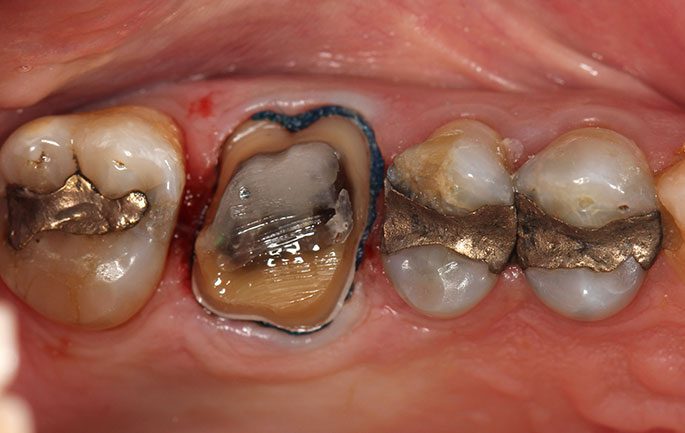
Occlusal view of the crow preparation. There is an ideal form that good dentists prepare to for maximum crown retention and resistance to tooth fracture. A common mistake of many dentists is to over-prepare a tooth. This is because of a lack of skill or due to rushing through the procedure.
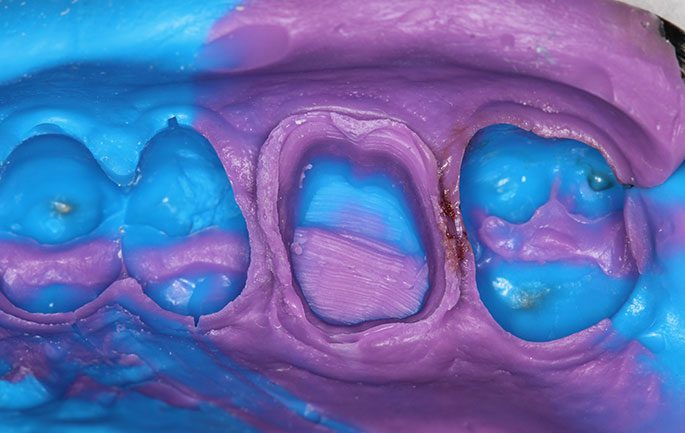
Final impression of the crown preparation. This may be the most important step in the multi-step process. When the dentist captures a perfect impression of the tooth, the lab can then make a perfectly fitting crown which should last decades. Conversely, the majority of dentists cannot make a perfect impression whereby the lab cannot make a perfectly fitting crown. The result is short term failure due to cavities that form where the impression was not good.
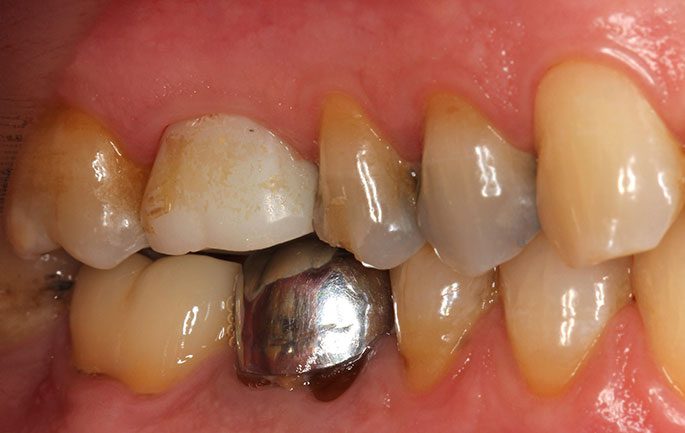
An acrylic, temporary crown is used to hold the tooth and restore aesthetics while the permanent crown is being fabricated.
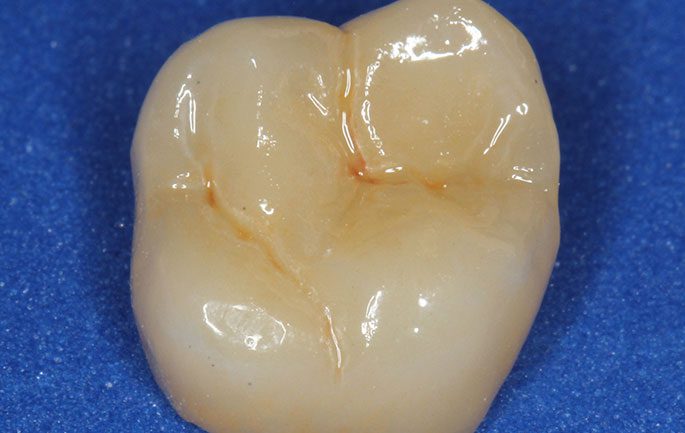
Close-up of porcelain crown. Note the detailed anatomy to simulate a natural tooth. Most labs cannot recreate this natural anatomy. Many commercial crowns do not even resemble a natural tooth.

